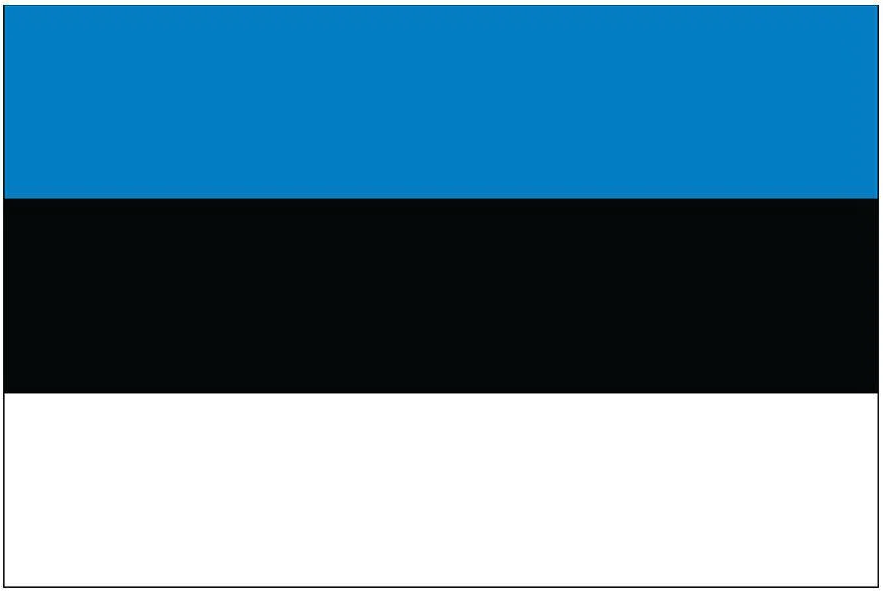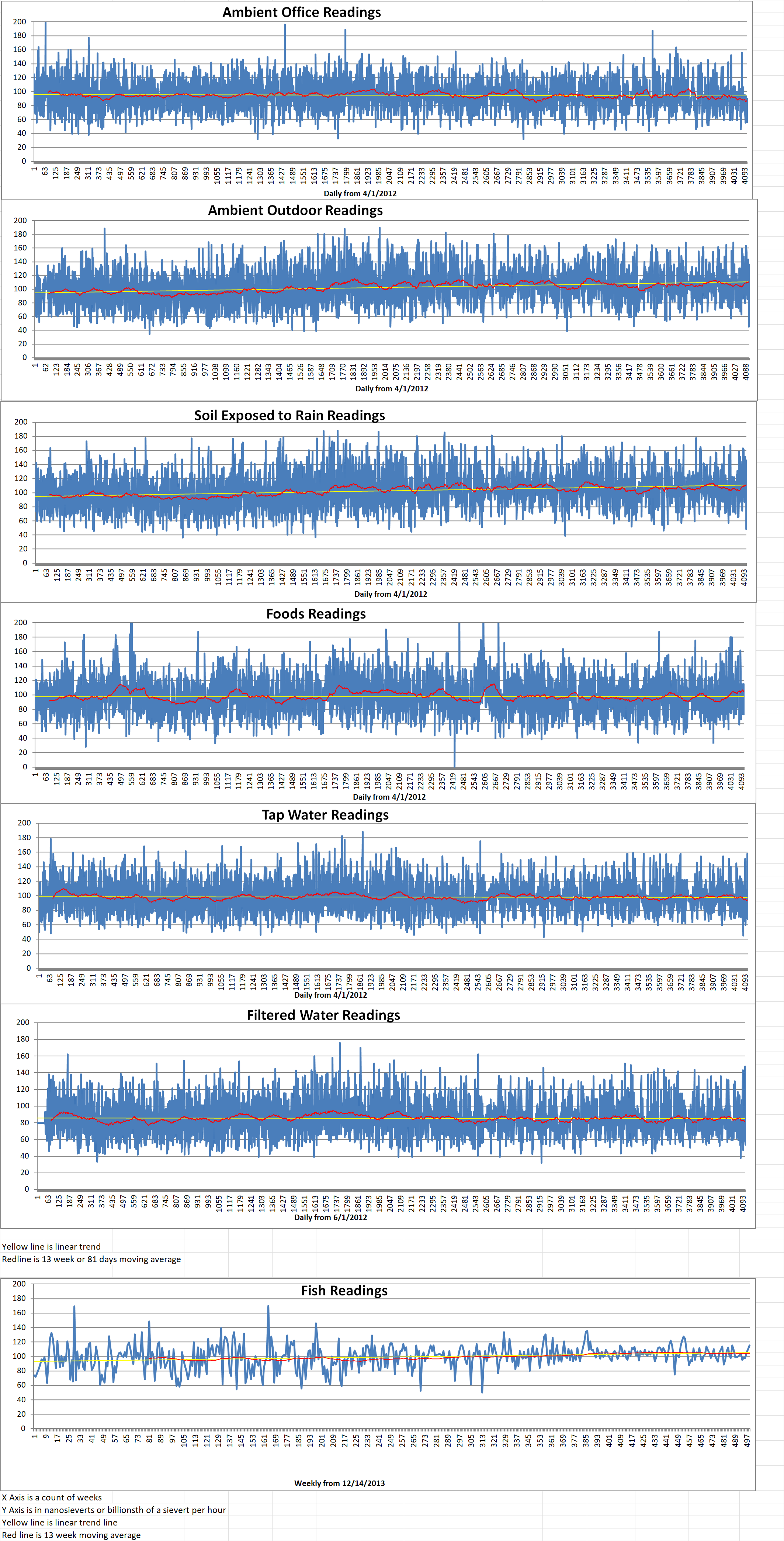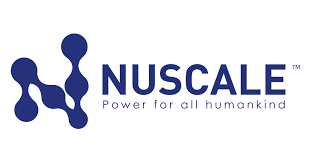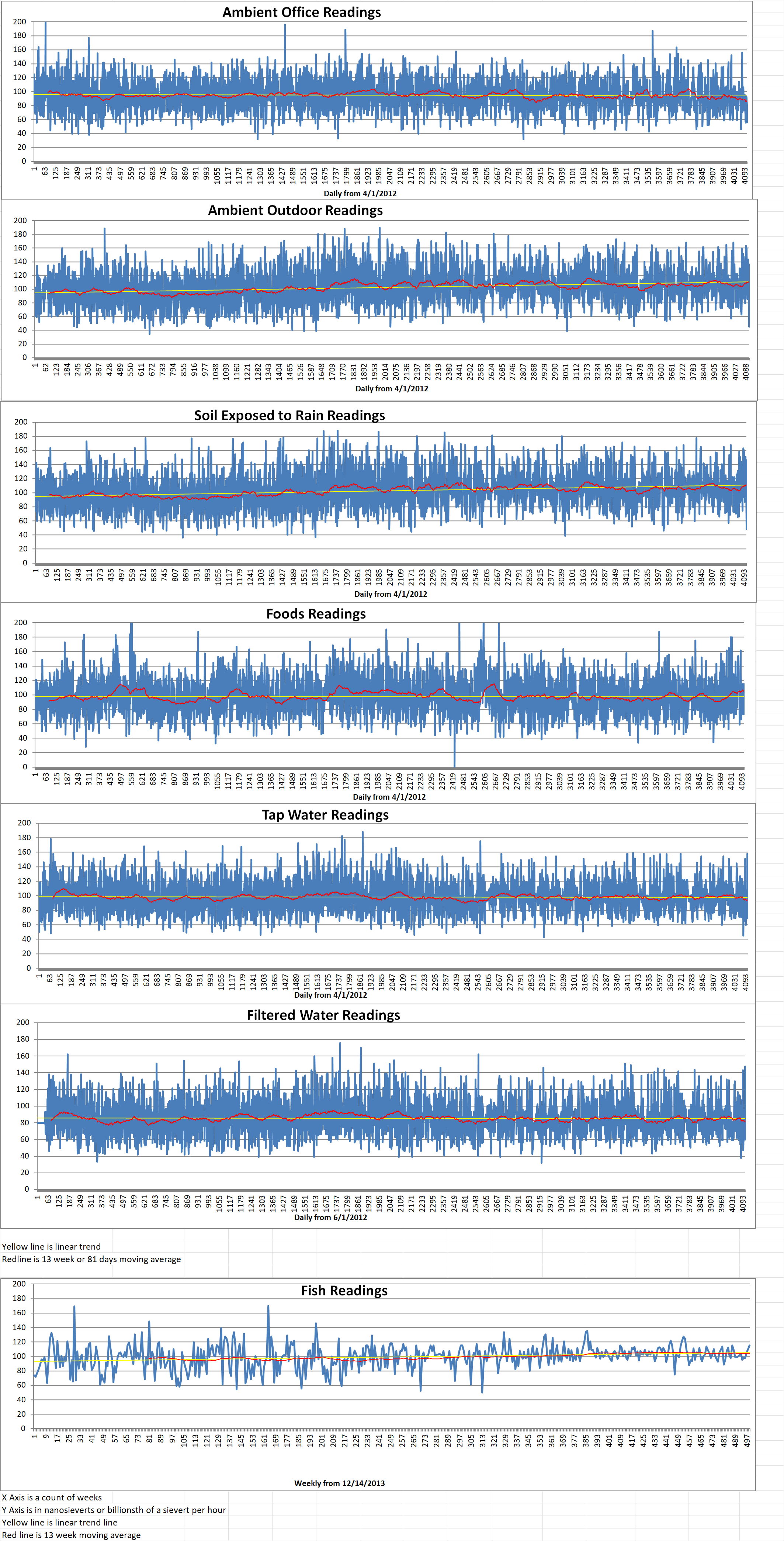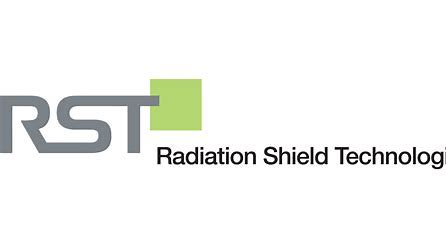There are many major threats to human safety and the environment. These include viral biological outbreaks, the release of toxic chemicals, incidents involving nuclear materials, heat stress, and major weather events. In order to deal with these threats effectively, protective suits must be available to emergency personnel.
Radiation Shield Technologies (RST) marks over two decades of innovation with Demon which is a unique fabric designed to safeguard frontline personnel, including military, nuclear industry workers, emergency response teams, Hazmat Teams, firefighters, law enforcement, and medical workers.
The company’s core technology, Demro, is engineered to combine radiation protection with “ease of use” in order to maximize effective radiological defense. RST’s main goal is to ensure that all Demro products are of the highest protective quality. This goal is achieved by working closely with our end users, developing new standards of personal radiation protection, and meeting the specific needs of those groups most at risk of exposure. After almost a decade of development, RST introduces Demron to the industries, governments and everyday people who, until now, have had no options for true personal radiation protection.
Demron is a special type of personal protective equipment designed to shield the wearer from exposure to ionizing and non-ionizing radiation. Demron is made from a proprietary blend of materials. It is considered to be one of the most effective and versatile forms of radiological protection available today.
Demron was first developed in 2003 by Radiation Shield Technologies (RST). It was initially designed to protect military personnel from the harmful effects of nuclear fallout on the battlefield. However, its unique properties and high level of radiation protection caught the attention of other industries, including medical, nuclear, and emergency services.
What sets Demron apart from other types of radiation protection is its ability to block virtually all types of ionizing radiation. These include gamma rays, X-rays, and beta particles. Traditional lead-based materials only offer partial protection. Demron is capable of absorbing and neutralizing radiation at the molecular level.
In addition to its superior radiation protection, Demron is also highly flexible and lightweight. This makes it comfortable to wear for extended periods of time. It can be utilized in a variety of settings, including hospitals, laboratories, nuclear power plants, and emergency response situations.
One of the most high-profile uses of Demron to date was during the cleanup of the Fukushima nuclear disaster in 2011. Japanese authorities provided Demron suits to workers responsible for removing radioactive debris. The suits helped to protect them from exposure to harmful radiation.
Several independent studies have also verified the effectiveness of Demron in protecting against radiation exposure. Researchers at Duke University found that Demron was highly effective at blocking gamma radiation at various levels of intensity.
Demron represents a major breakthrough in the field of radiological protection. It offers unparalleled levels of radiation shielding in a lightweight and flexible material. As the threat of nuclear incidents and other forms of radiation exposure continues to rise, Demron will undoubtedly be an important tool for protecting the health and safety of workers in a range of industries.


